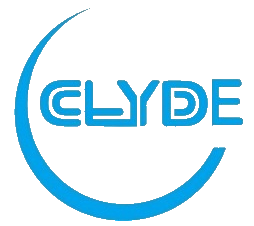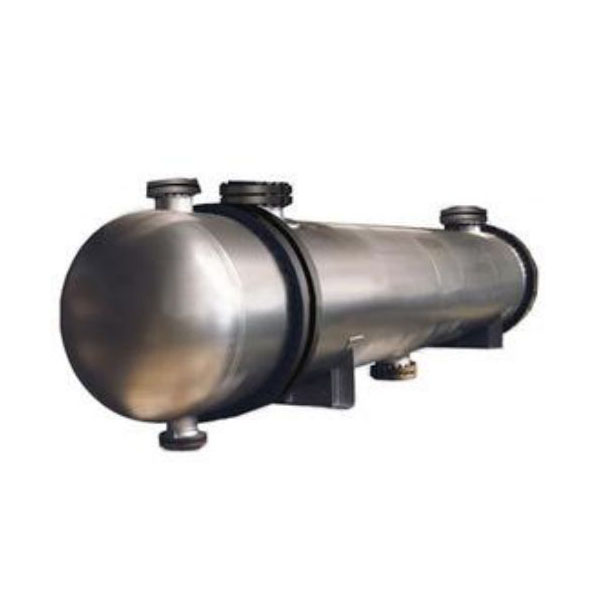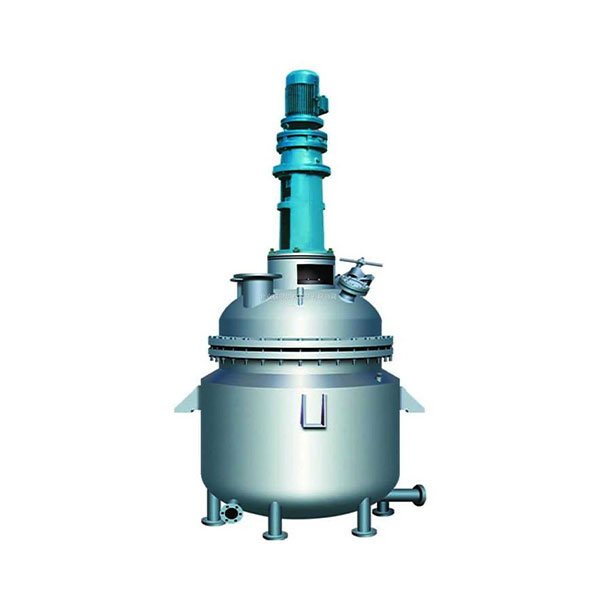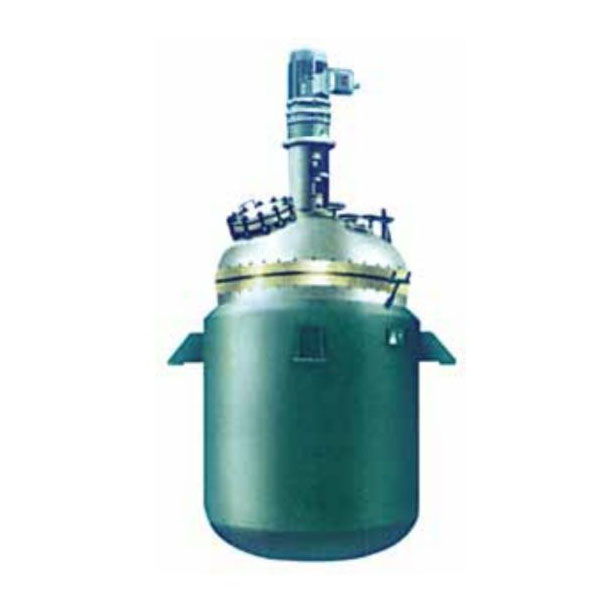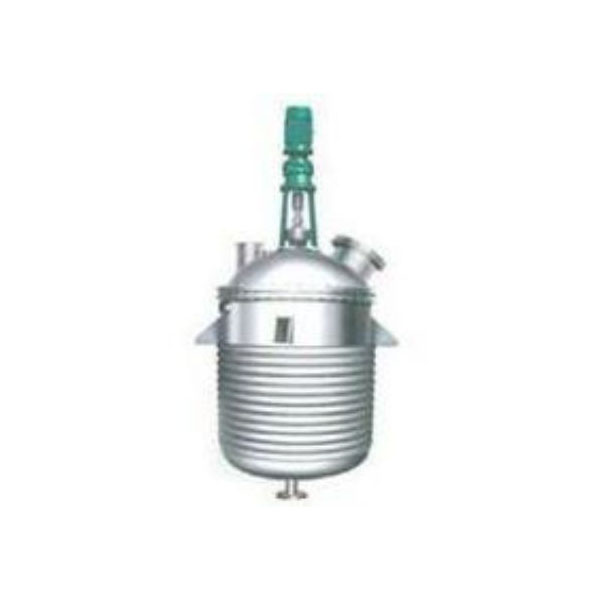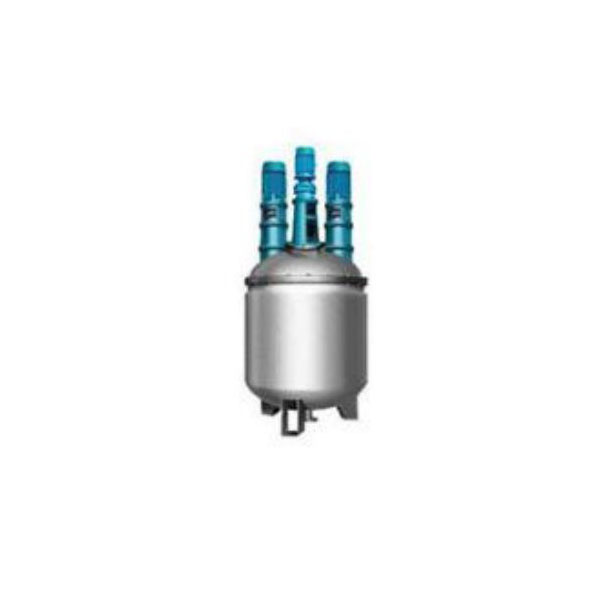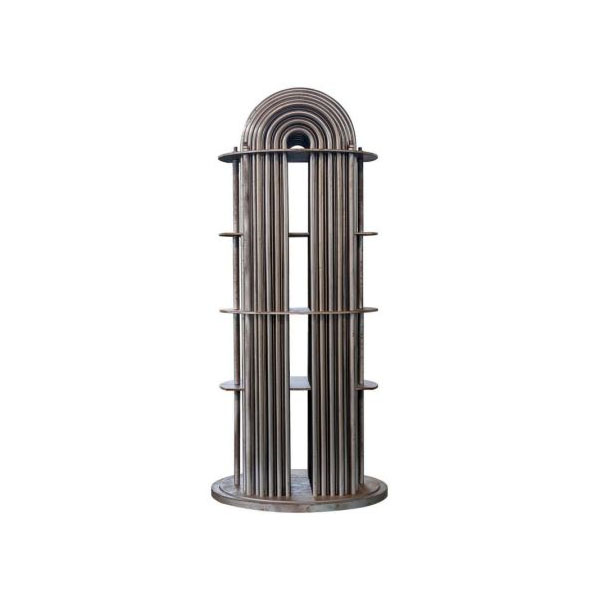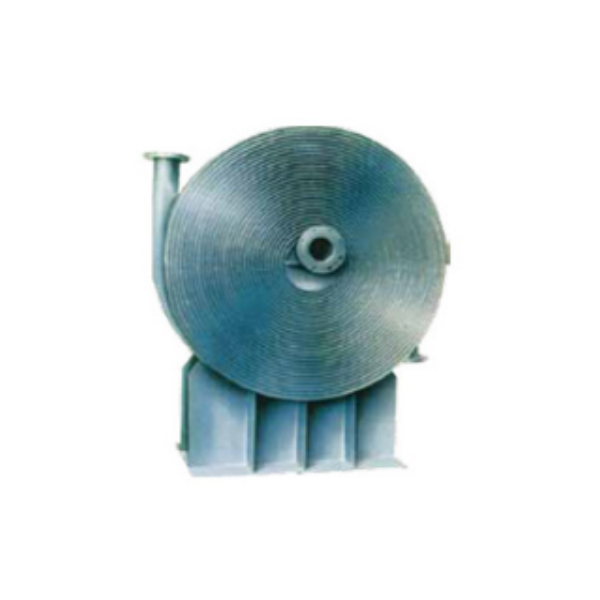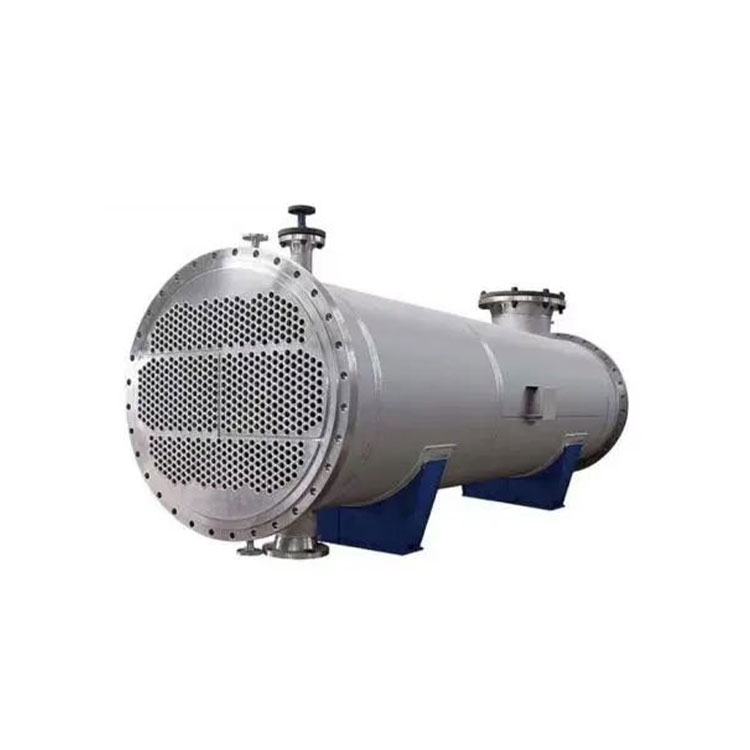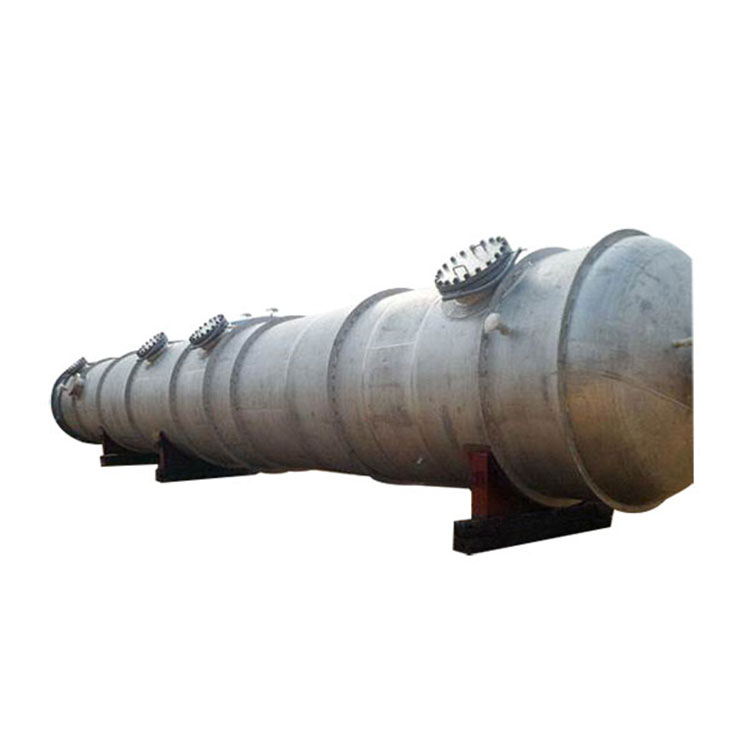0102030405
Oxidation Tower For Ozone Generator
Introduction to oxidation tower
The oxidation tower is the front-end oxidation device in the flue gas oxidation and denitrification system. In the flue gas treatment process containing nitrogen oxides, because the content of nitric oxide in the flue gas accounts for the vast majority and nitric oxide is not easily absorbed and processed, it is necessary to oxidize nitric oxide into nitrogen dioxide. The processed flue gas can meet the emission standards. The oxidation tower is a specialized equipment for oxidizing nitric oxide into nitrogen dioxide, There are many types of oxidants that can be used in this tower, such as chlorine dioxide, hydrogen peroxide.
Tower composition and process
The oxidation tower consists of a tower body, gas distributor, liquid distributor, liquid redistribution ring, spray device (including dedicated nozzle), defogger, etc. The reaction mechanism is as follows:
2NO+O2=2NO2
Working principle
The flue gas enters the oxidation tower, and the oxidant that rises upwards and sprays downwards is in countercurrent contact. The gas-liquid fully reacts, and nitric oxide is oxidized to nitrogen dioxide under the action of the oxidant. The oxidation tower adopts a nozzle type empty tower spray. Due to the atomization effect of the nozzle, it splits into countless small diameter liquid droplets, and its total surface area expands thousands of times, allowing gas-liquid to fully contact. The larger the gas-liquid contact area, the higher the efficiency of mass transfer and heat reaction between the two phases. A demister is installed at the top of the oxidation tower. Through the collision of the demister baffle, the smoke, dust, other water droplets, and solid particles carried by the flue gas are captured and separated by the demister. The defogger is equipped with a regular flushing device to prevent blockage.
1. Due to the tendency of the circulating liquid spray system to accumulate near the absorption tower wall during spraying, uneven distribution of the circulating liquid occurs, resulting in a much lower oxidation efficiency of the flue gas near the tower wall than in the tower. The use of liquid redistribution rings has successfully solved this problem.
Performance characteristics
1. The oxidation tower is a spray air tower with simple operation and high reliability.
2. The reasonable design of flue gas flow rate in the oxidation tower ensures better mass transfer efficiency.
3. Low liquid to gas ratio, low power consumption, and low operating costs.
4. The slurry adopts multi-layer countercurrent spraying, with high spraying coverage.
5. Install eaves at the entrance of the oxidation tower to prevent slurry from entering the flue and prevent scaling.
6. Using commonly used oxidants on the market, easy to purchase.
Field of use
This tower can be applied to all pre-treatment processes for flue gas denitrification in coal-fired boilers, and is suitable for all situations where nitric oxide needs to be converted into nitrogen dioxide.
